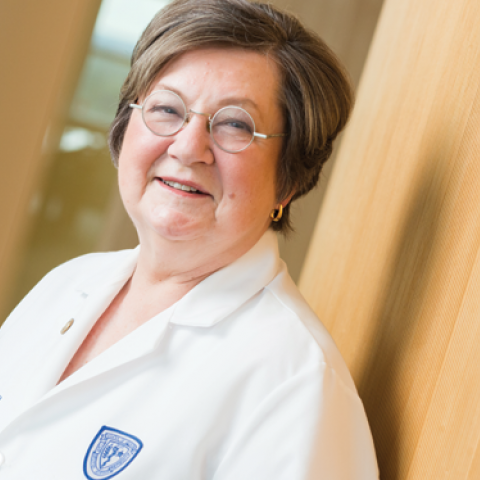The opinion is now universal among those who participated in my totally unscientific survey that we are more tired after eight hours of Zoom than we are after a 12 to 14-hour day doing other things.
It could be fanny fatigue because we don’t get up to usher someone into our offices between meetings or walk over to the other office, or the conference room, or wherever. It could be visual fatigue looking at the computer screen for hours on end, or the weird black shadows around those who set delectable backgrounds for their Zoom presence. It could be the stilted, interrupted voices of those on Zoom. It may be waiting for the unmute to work before people can talk, or the wavery internet when the neighbors livestream an event all at once and you get the message, “your internet connection is unstable.” Or it could be that the desk chair that was just fine for two to four-hour stints is not fine for nine-hour days. Regardless, there is a major element of fatigue involved in a day of zooming. I don’t know why.
Not that there is a better alternative. Someone set a skype meeting with me this morning, and even the host could not get on. Face Time limits the participants but works for family calls. So far I am batting 1.000 on being unable to get on WebEx calls—I have to phone in. Maybe it’s just me.
But look on the bright side—compared to what was available even a few years ago, Zoom is miraculous. It is amazing to be able to set yourself against a backdrop of your last vacation, or one of the standard views of outer space or the like. It is marvelous to be able to raise your hand and be recognized. For the most part, we hear one another. Zoom has allowed us to work and teach and collaborate—not quite as well as in person, but well enough.
I have been impressed with how it has allowed us to create and nurture scientific collaborations. The COVID Research Task Force, headed by Rafick Pierre Sekaly and Jonathan Karn, has made great progress: with sharing of information, needs, potential funding sources, working together to share data and govern the process, obtaining blanket IRB approval for specimen collection with simple addenda for individual projects, prioritizing and distributing the rare samples, and connecting individuals who might not otherwise know each other. Of course, this probably has a lot to do with the superb administrative support from Pearline Cartwright, Erin Fogarty, and Joan Schenkel. No grass grows under Mark Chance’s feet either, in assuring the completion of the BSL3 facility and seeking the needed equipment and supplies. But I lay most of the success at the door of our faculty who want to knock this thing and are willing to endure fanny fatigue and zoom fatigue to do so! Even though the steering committee calls end after five, the members hang in till the end.
Most of us can’t wait to return to in-person activities. We just aren’t built for this kind of isolation. But for now, know that you are not alone in feeling Zoom fatigue. Nor are you alone in gratitude that Zoom exists and we can use it to keep in closer touch and make real progress for our students and for our research.
Pam


